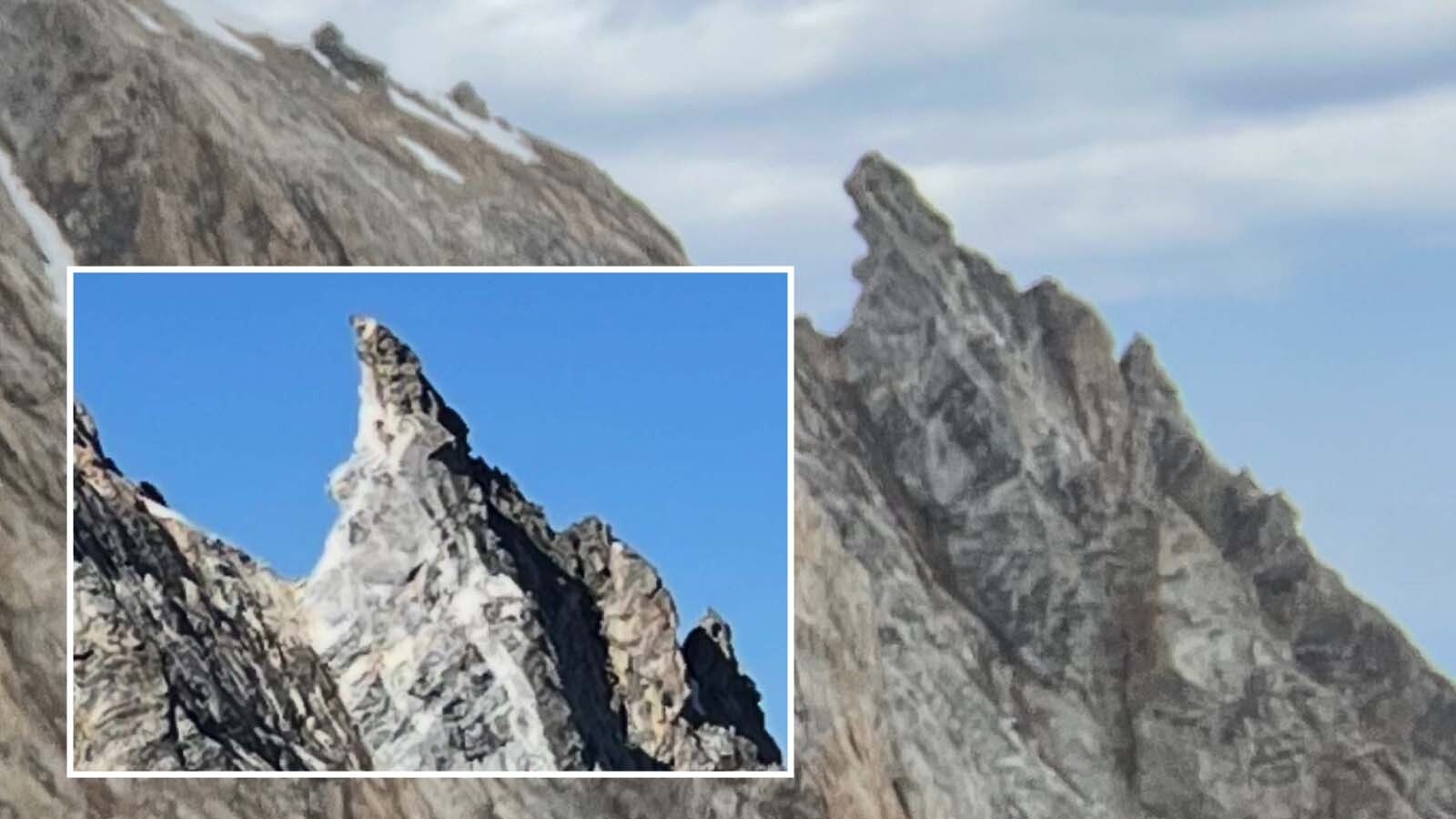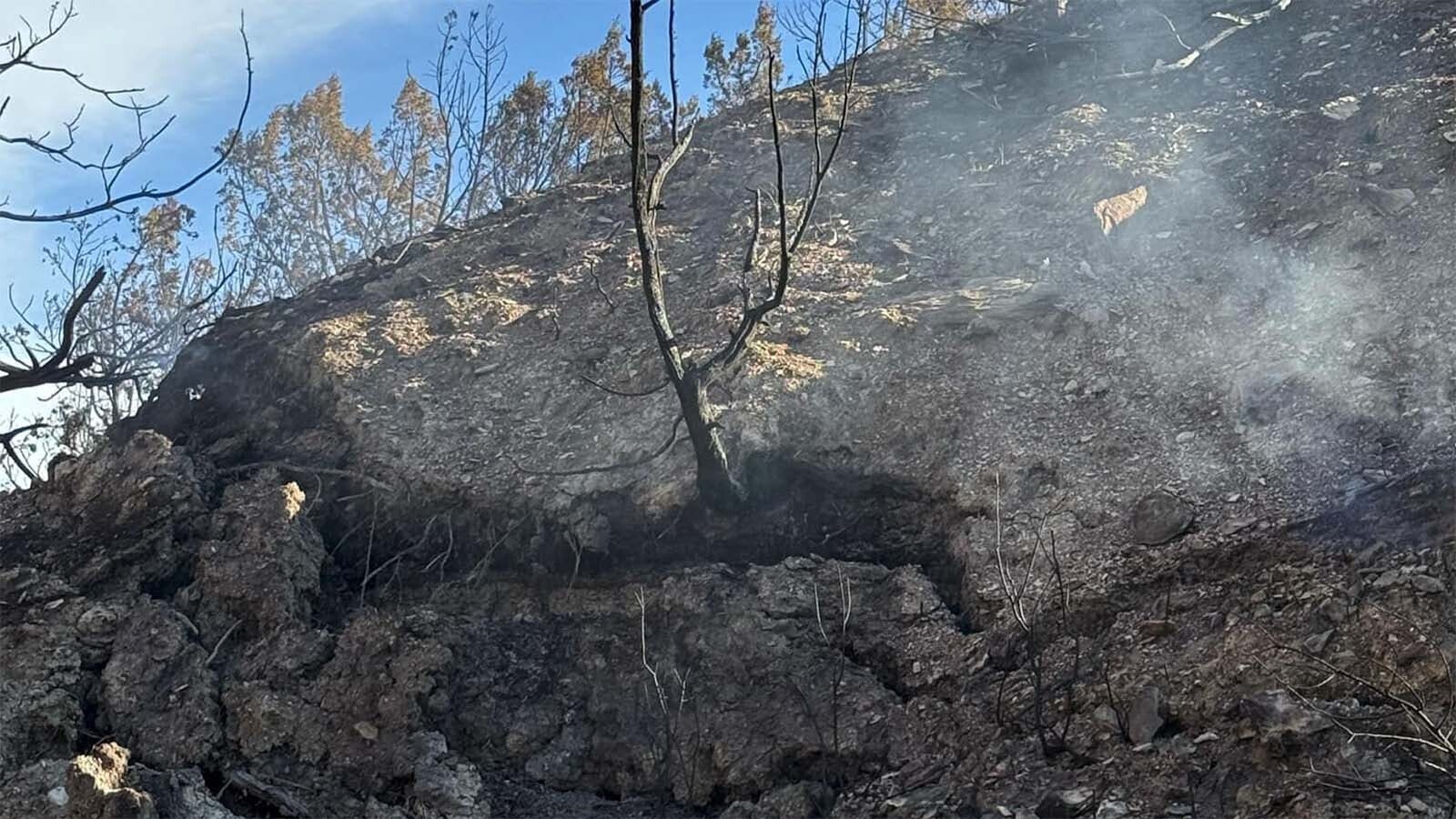Wyoming was said to have been colder than Antarctica and Mars this week, but the dayslong deep freeze wasn’t enough to kill off the larvae of pine beetles that have devastated some of the state’s premier forests.
In fact, there likely won’t ever be a freeze that is intense enough or goes on long enough to rid Wyoming of the tree-devouring insects, said Cowboy State Daily meteorologist Don Day.
“I don’t think the expectation should be there” that pine beetles will ever be frozen out of Wyoming, he told Cowboy State Daily.
Entomologist Scott Schell agreed that as brutal as the latest cold snap might have seemed with some areas seeing temperatures minus 35 in some areas and wind chills hitting minus 60, the pine beetles likely survived it.
“It certainly has been unpleasant, but unfortunately not enough to really put the whammy on mountain pine beetles,” said Schell, who works for the University of Wyoming’s Extension Service.
40 Below Is The Magic Number
Pine beetles emerge in the spring and start hunting for mates and trees to bore into and lay their eggs, Schell said. Once the eggs hatch, the larvae gorge themselves on the trees’ interiors before purging their guts and settling in for the winter so the cycle can begin again the following spring.
An early cold snap in the fall before they purge can kill some off, he said. If the pulp in their guts freezes, it can rupture the larvae.
However, as winter descends, the larvae develop an “anti-freeze” that chemically is much that same as what people put into their vehicles, Schell said.
It takes sustained temperatures of minus 40 degrees colder to defeat that antifreeze, he said. When it gets that cold, ice crystals will form in the larvae’s bodies and their cells will burst, he said.
Spots in the some of Wyoming’s mountains might have briefly hit 40 below zero this week, Day said, not for a sustained period. The low-lying areas actually got the worst of the cold in many instances.
“Arctic air is extremely dense and will also go to the lowest points,” Day said.
Topography Isn’t Right For It
The last truly nasty pine beetle epidemic ripped across Wyoming in 2007, and peaked in the 2010s, Schell said. The Snowy Range Mountains were hit especially hard, with as many as half of the trees killed in some areas. Lodgepole pines were particularly vulnerable.
Some argue that the outbreak was driven by climate change, with warm winters allowing the beetles to thrive and infest higher-altitude tree stands that they previously hadn’t been able to reach.
Day questions that, saying that warmer winters might have boosted pine beetle numbers in some of the northern reaches of Canada.
And because they’re higher in latitude but lower in elevation than the American Rockies, the Canadian Rockies can facilitate the extended deep freezes it takes to kill off pine beetle larvae, Day said.
So, that might have led to the misplaced hope that similar freezes could happen here, he said.
In Wyoming and the rest of the central and northern American Rockies, the topography doesn’t allow for producing those sorts of persistent cold spells, he said. Even the valleys are too high in altitude for the arctic air to really settle in and stay.
Beetles Might Hit Bighorns Next
Pine beetles are native to Wyoming and the rest of the Rocky Mountain region, but major outbreaks can scale up the level of their destruction.
Drought can make pine trees more susceptible to beetle kill, Schell said. Lacking adequate moisture, the trees can’t produce enough sap to push out pine beetles or their eggs and larvae.
Drought might have contributed to the pine beetle outbreak during the 2000s and 2010s. The Snowy Range was hit so hard, it might be safe from another large-scale outbreak for a while.
“The beetles kind of ate their way out of house and home in the Snowy Range,” Schell said.
However, the Bighorn Mountains might be ripe for another big beetle outbreak.
“There’s a lot of older lodgepole pine forests up there. The would be an area of concern,” he said.
When they emerge in the spring, pine beetles take flight to seek new territory, sometimes in numbers large enough to show up on radar.
If they go high enough to catch air currents, they can drift out as far as eastern Colorado and Nebraska, where they can infest trees in windbreaks, he said.
“They’ll fly as far as they need to go to find what they want, or where they need to go, or die trying,” Schell said.
Mark Heinz can be reached at mark@cowboystatedaily.com.





